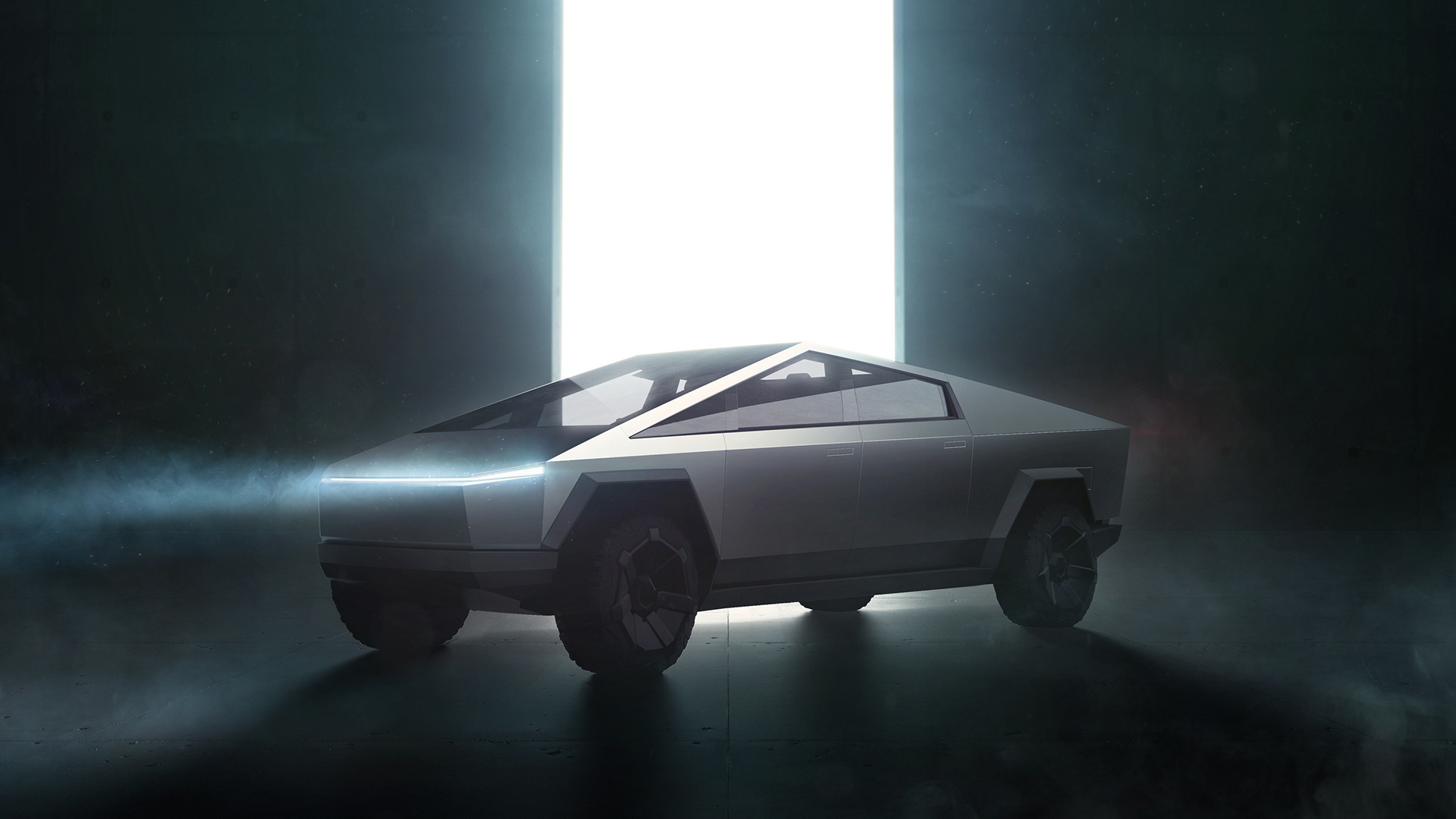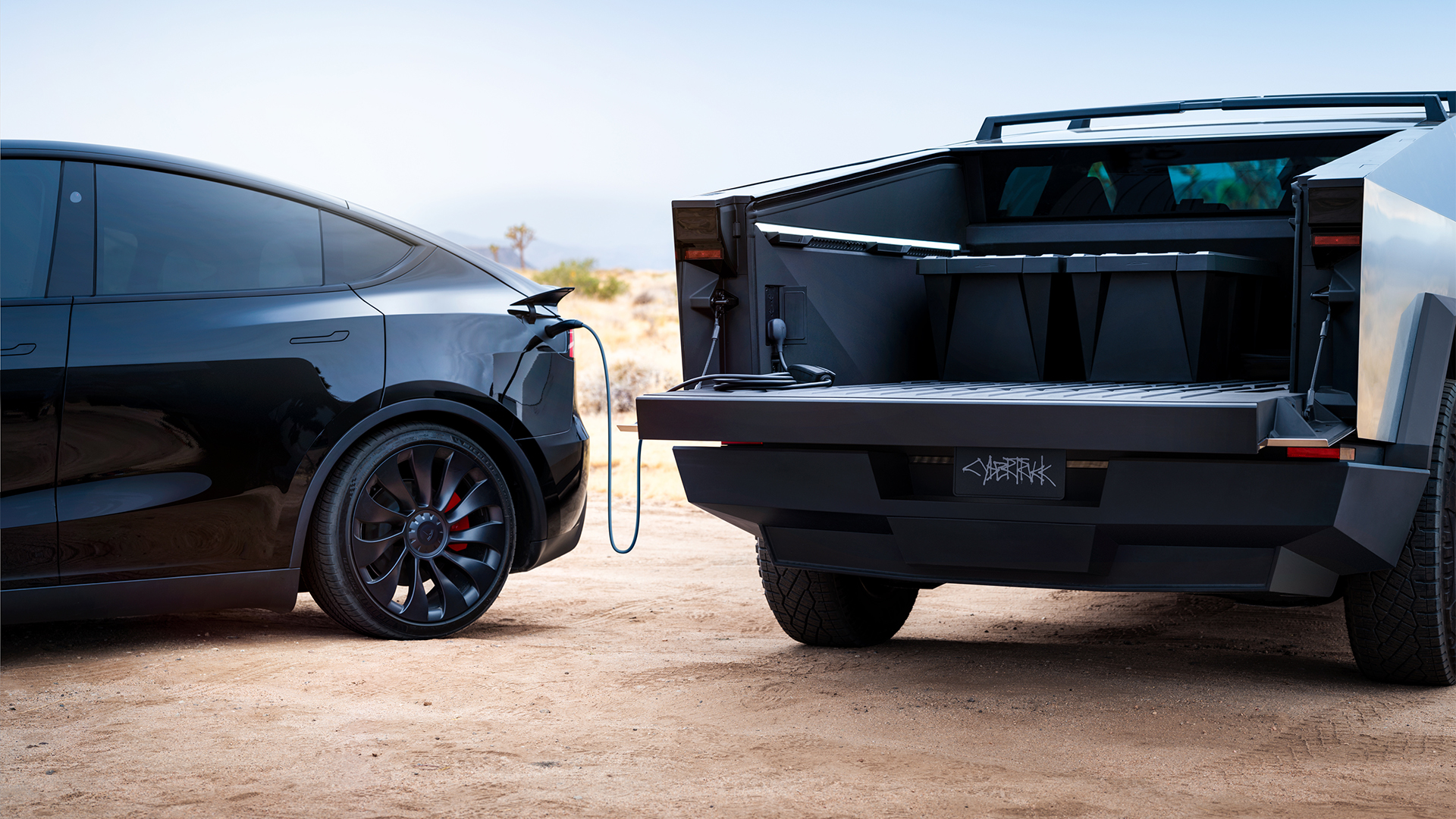Tesla could be poised to roll out wireless EV charging with recent Cybertruck discovery
Inductive charging hardware spotted on Cybertruck battery pack

There have been rumors circulating for a number of months that Tesla is poised to offer the option of induction charging for its EVs, allowing punters to ditch the cumbersome cables in favor of a wireless pad akin to the sort you might charge a smartphone with.
Now, eagle-eyed fans at the Cybertruck Owners Club have seemingly joined the dots by unearthing the fact that the truck’s service manual makes reference to "release connectors" for the "Inductive Charger".
Tesla is yet to publicly confirm what those "release connectors" are for, but it is highly likely that add-on hardware will be offered as an option that allows Cybertruck to be charged without the cables.
The company has previously stated that it is working on wireless induction charging, with Tesla chief designer Franz von Holzhausen telling Jay Leno that the company was working on the technology during a Cybertruck review segment late last year.

Furthermore, Tesla let slip an image of its wireless EV charging mat during an Investor Day in March 2023, with the shot clearly showing a wireless charging pad placed beneath the rear of a Tesla Model 3. The company also made reference to its upcoming drive-in Diner project in California, which is tipped to feature the wire-free tech.
As is the way with much of Tesla's current communication strategy, news of upcoming features tend be unearthed by online sleuths, rather than coming directly from its (non-existent) PR department – so we can't say for certain when or where we will first see wireless induction charging introduced.
But on the other hand, it is admirable that Musk insists on his vehicles boasting the hardware to handle upcoming functionality whenever its becomes available, rather than relying on mid-life facelifts and updates to existing vehicle model lines, like many rival automakers.
Sign up for breaking news, reviews, opinion, top tech deals, and more.
Analysis: Is wireless EV charging really coming?

A nuanced debate surrounds the introduction of wireless induction charging to modern EVs, with one half of the room claiming that isn't required, and the remaining 50 per cent claiming that it could revolutionize the experience.
It will come as no surprise that Tesla isn't the first to experiment with the technology. BMW piloted a program in Germany in 2018 – and then in the US in 2019 – where a select few customers were able to experience the paltry wireless charging speeds of 3.2kW in a BMW 530e plug-in hybrid, thanks to a Inductive Charging Station GroundPad and CarPad fixed to the underside of the vehicle.
A BMW spokesperson told TechRadar that the program has been discontinued and the company isn't offering the tech to customers as a result, citing the costs involved and the limited perceived benefit to the end user.
Speed and efficiency rates are also among several hurdles wireless EV charging has faced, but there have been numerous breakthroughs in recent years, including Oak Ridge National Laboratory’s system that can handle an output of 100kW with the same efficiencies as a tethered charging system.
While some believe wireless induction charging could reduce accidental damage to charging ports, increase the accessibility of charging stations and even one day become embedded into the road furniture itself, there are still big question marks hanging over the tech. It could involve drastically altering infrastructure (including the knock-on cost and inconvenience effects of that), and produce another large, heavy and expensive piece of hardware that needs to be fixed to an already bloated modern EV.
On top of this, the BMW spokesperson we spoke to called for a standardized wireless charging protocol to keep the cost down to the consumer and ensure it works for all EV owners, not just Tesla customers.
You might also like

Leon has been navigating a world where automotive and tech collide for almost 20 years, reporting on everything from in-car entertainment to robotised manufacturing plants. Currently, EVs are the focus of his attentions, but give it a few years and it will be electric vertical take-off and landing craft. Outside of work hours, he can be found tinkering with distinctly analogue motorcycles, because electric motors are no replacement for an old Honda inline four.